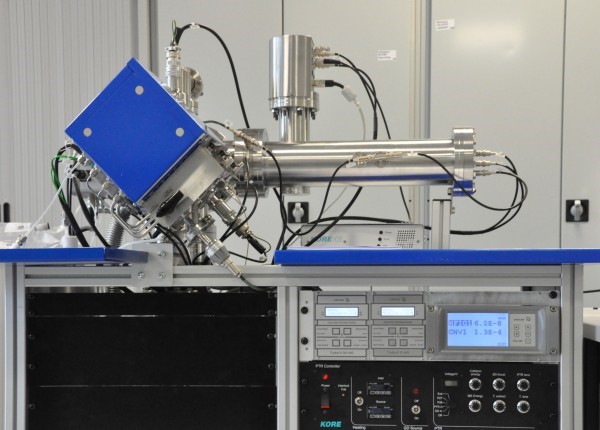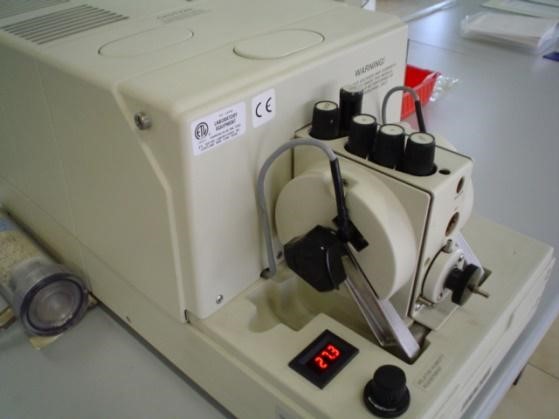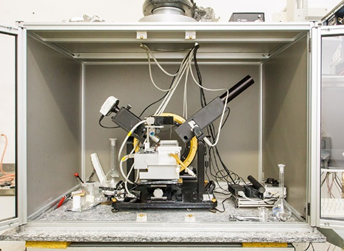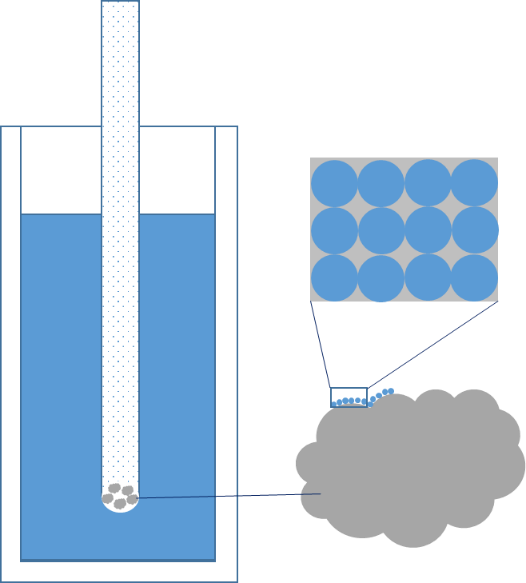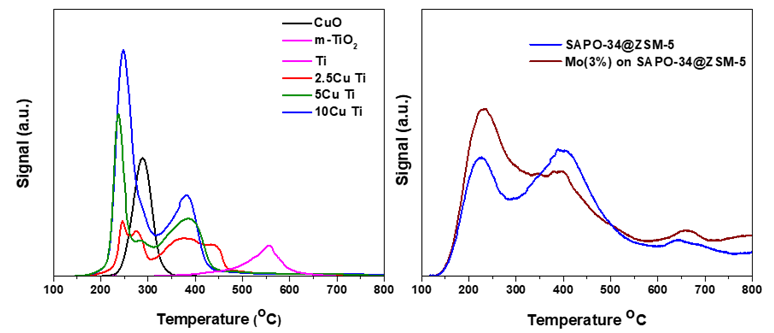Surface/overlayer/interface characterisation
PTRMS PTRMS
Proton Transfer Reaction Mass Spectrometry is for the quantitative determination of volatile organic compounds (VOCs) in air. The main advantages of PTMRS are the detection limit in the range of few pptv, real time detection, very soft ionization method and usually absence of time consuming sample preparation.
PA Permeability analysis
Mass transport properties of low molecular weight compounds in polymeric materials and their diffusion behavior have a major impact in several engineering application fields such as barrier structures for food packaging, drug delivery systems, gas mixture separation, environmental resistance of polymer composites and nanocomposites.
SDI Surface defect inspection
Magnetic surface scanner for inspection of magnetic, electrical and defects in metal surfaces.
ITCAM Interfacial Tension and Contact angle Measurements
Tools for the characterisation of nanoparticle dispersions and of their interfaces are needed for obtaining colloids, nanofluids, emulsions, which have various applications ranging from microfluidics, to life sciences, energy efficiency, etc.
BET BET instrument (determination of volume surface specific area of nanoparticle )
The Brunauer-Emmett-Teller method can be applied for determination of the specific surface area of a solid material. The volume specific surface area of a particulate material might be the basis of a decision whether it is considered to be nanomaterial according to the European Commission’s Recommendation on the definition of nanomaterial.
PMC Porous Materials Characterization
Temperature Programmed Reduction/Desorption /Oxidation (TPR/TPD/TPO) can be used to investigate desorption, oxidation and reduction as a function of the temperature; can be applied to characterize catalysts, materials related to Hydrogen and Fuel Cells, to identify the surface acidity/basicity as well as the dispersion of metals onto substrates.
